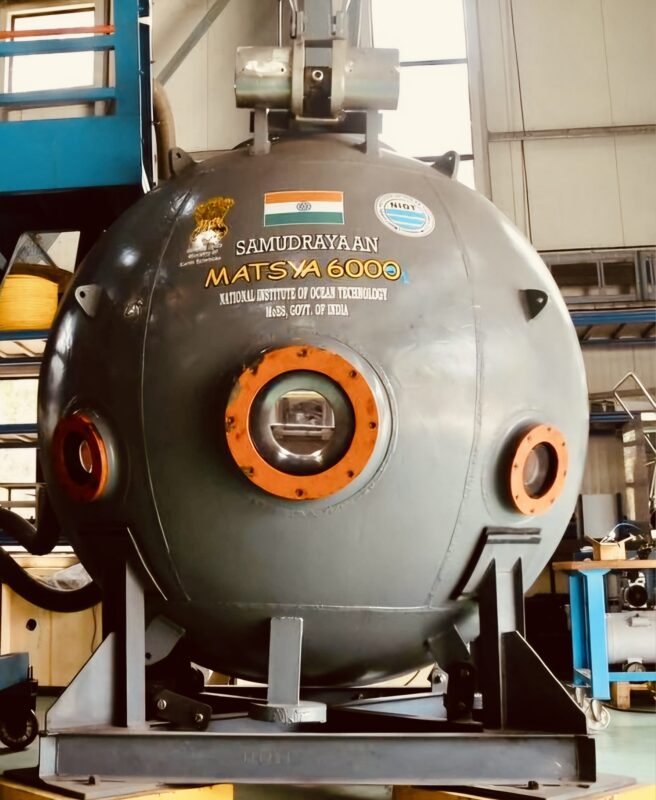The Indian Space Research Organisation (ISRO) is advancing its Reusable Launch Vehicle (RLV) program with preparations underway for the third and final RLV landing experiment (RLV LEX). This critical step aims to move closer to developing a fully operational reusable launch vehicle.
Mission Overview
The upcoming mission, designated as LEX-03, will feature an unmanned winged prototype called Pushpak. This prototype will be lifted to an altitude of 4.5 kilometers by an Indian Air Force (IAF) Chinook helicopter and released 500 meters sideways from the runway, a significant increase in difficulty compared to the previous mission, LEX-02, which had a release point 150 meters from the runway.
Technical Challenges
The LEX-03 mission is designed to test Pushpak’s autonomous navigation capabilities, including making necessary adjustments in cross-range, downrange, and altitude to ensure a safe landing. A primary goal is to reduce the sink rate, or rate of descent, to minimize impact during landing. The mission will also incorporate a real-time kinematics (RTK) package for enhanced precision and address the challenges posed by tailwind conditions during landing.
Future Prospects
Upon successful completion of the LEX program, ISRO’s RLV-TD project will advance to using an unmanned Orbital Re-entry Vehicle (ORV). This vehicle, which is 1.6 times larger than Pushpak, will be launched into a 400 km orbit using a modified Geosynchronous Satellite Launch Vehicle (GSLV). The ORV mission, expected within the next two years, will involve various in-orbit experiments, including testing a thermal protection system for re-entering Earth’s atmosphere and a retractable landing gear system.







